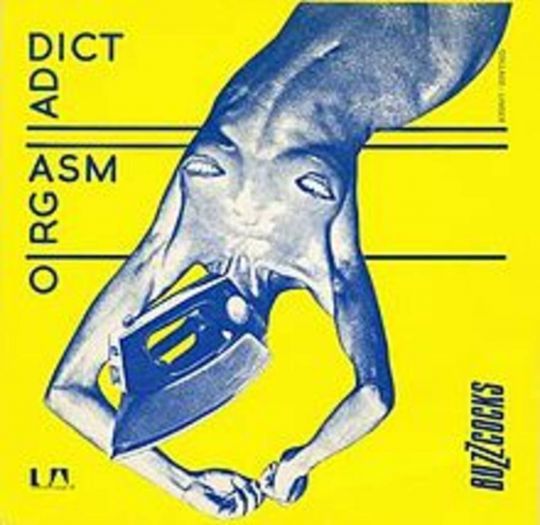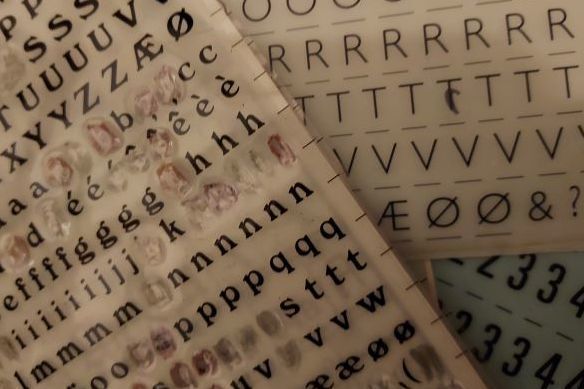A stand, a Letraset board, a pen or a small curved-head tool, elbow grease, patience and meticulousness - that's all some graphic designers or even graphic design apprentices needed to work before the arrival of digital.
An ingenious alternative for those who couldn't or didn't want to use traditional letterpress typesetting, these famous transfer letter boards, marketed mainly by the British company Letraset in the 60s and now known by antonomasia as Letraset, enabled (and still enable) pre-printed graphic characters to be transferred to different types of surface using a decalcomania system.
A Letraset catalog as thick as a telephone directory
Letraset and other brands such as Mecanorma and Alfac offered plates with a complete alphabet of capital and lower-case letters and punctuation marks, as well as plates with halftones, faux text, drawings, pictograms, fillets, etc., in sizes ranging from 6 to 144.
In addition to the usual fonts, new ones were offered that were totally unknown to the world of traditional printing. By 1985, the Letraset catalog was so dense it was the thickness of a telephone directory!
Transfer letters, the art of transferable typography
Not everyone could handle these transfer letters, even if they were very simple to use.
A steady hand and knowledge of typographic rules were essential, as the small letter, once rubbed and transferred, could no longer be moved. The tools were simple: a pen would suffice.
The number of boards available must have been significant, because even if there were several a's or e's, there was always one missing! And sometimes, boards left in the open air would crack or gather dust, making removal impossible.
Once the technique had been mastered, this malleable system made all kinds of daring possible. In the 70s, at the height of the DIY (Do it yourself) movement, Letraset was widely used by publishers to create record sleeves for punk bands, and by fans of fanzines, publications produced by enthusiasts for other enthusiasts.

With the advent of digital technology, transfer letters have not fallen into oblivion, but are now reserved for personal use, their ease of use and adaptability enabling DIY enthusiasts to express themselves creatively more than ever.








